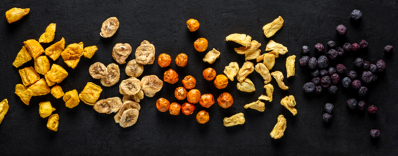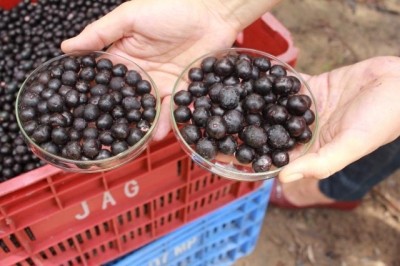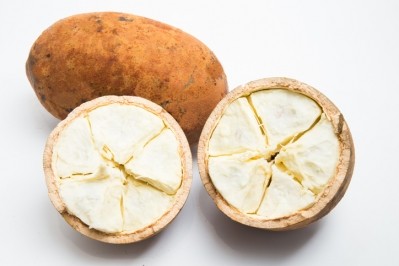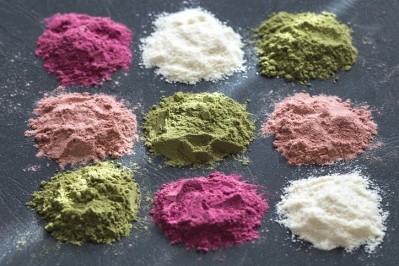WATCH
Make way for maqui: Could Patagonia’s native berry be South America’s next superfruit?
SouthAm sources its maqui berries from Patagonia in the southern region of Chile where they are hand-picked in the wild.
“Maqui berries have traditionally been used by native communities, the Mapuche, for centuries as a staple and they offer a very high count of antioxidants,” said SouthAm’s CEO and co-founder, Boris Hirmas, speaking to FoodNavigator-LATAM at the company’s headquarters and factory located outside the Chilean capital of Santiago.
“They’re very nutritious and have several qualities for a superberry, which are sought after by consumers. It has a somewhat sweet, nice, rounded flavor that complements very well other fruit such as pineapple, banana, and blueberry.”
According to Hirmas, there is a place for maqui berries alongside South America’s better-known berry, açaí.
“Açaí has been well-positioned for many years. It’s a very popular berry in Brazil and we’re trying to do the same with maqui in Chile and globally.”
According to analyses conducted by the University of Chile's Institute for Nutrition and Food Technology (INTA) for SouthAm, maqui berries have an ORAC content of 38,493 µmol per 100 g of freeze-dried powder and a total phenolic content of 5,577 mg per 100 g.
SouthAm, which also buys frozen açaí from Brazil and then freeze-dries it, said there are several advantages to the processing technique.
The company expects to see demand for maqui berries in North America, Korea, and Europe but also in Latin America, particularly in Brazil and Mexico.
Freeze-drying is said to trace its roots back to the Incas but it was fine-tuned as a food preservation technique by scientists at NASA who wanted to develop light and nutrient-dense food with a long shelf-life for astronauts in the space program.
“Freeze-drying has the advantage that you preserve most of the nutrients, the scent, the flavor and it’s clean label, which is very important. There’s nothing added to the food.”
Watch the video to find out more.











